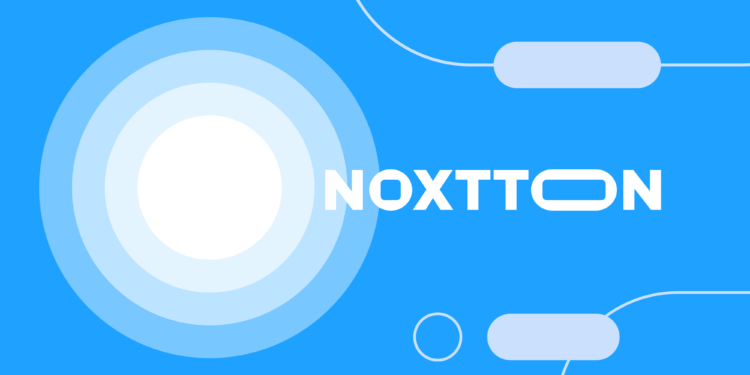In a cloud environment, microservices have become an important architectural choice. This developmental approach is about splitting large software systems into small, independent subsystems. As a result, microservices provide a unique business capability.
There are few essential techniques that Technology Radar recommends using on every project. Noxtton provides you with the analysis concerning the given techniques based on our team’s day-to-day work and experiences.
Evolutionary architecture
Evolutionary architecture is an innovative technique of software development in which architects and operations are coordinated. While traditional architecture is based on mere guessing about how components will be re-used, the evolutionary architecture supports adaptability, migration to microservice databases, and continuous integration. Evolutionary architecture makes small changes and puts feedback loops that allow learning from the system development process. It uses guided transformation, known as the fitness function, to measure the state of security, availability, and other properties. These functions help to evaluate each change and ensure they’re moving towards the intended destination.
The adoption of evolutionary architecture helps businesses to run without any glitch in their processes. To build evolutionary architecture we recommend making reversible decisions, applying the anti-corruption layer and service template.
Run cost as the architecture fitness function
The fitness function measures which algorithm would be “better” for the given project.
The architecture fitness function suggests that the cost of running services must be observed against the delivered value. These fitness functions are automated governance created to preserve the non-functional characteristics of a product.
In this process, implementation of the run cost function is a necessity for companies. The observation and calculation of the run cost are implemented as an automated function, suggests Technology Radar.
Using this technique means constantly monitoring cloud costs and structure, which targets bringing down the expenditure.
Security as a code
In the system building process, it is important to consider security policies, which are the rules and procedures created to protect the software development lifecycle from potential threats and disruption. The technique of using security policy as code can be used as part of automated CI/CD tools for software collaboration, automated testing, and deployment of cloud applications.
To add security as code to the digital infrastructure, the current process of infrastructure change should be examined, and then the potential vulnerabilities must be discovered. In this process, vulnerable points are secured by coded gates, security checks, and tests.
Tailored service templates
In order to make digital solutions quicker and more efficient, companies apply product management to internal platforms. According to Technology Radar, tailored service templates provide sensible defaults to bootstrap a new service. This technique makes the software development process faster and promotes the adaptation of various practices that are already built into the template. One thing that developers must remember is that template code should not promote shared code to avoid tight coupling between microservices.














